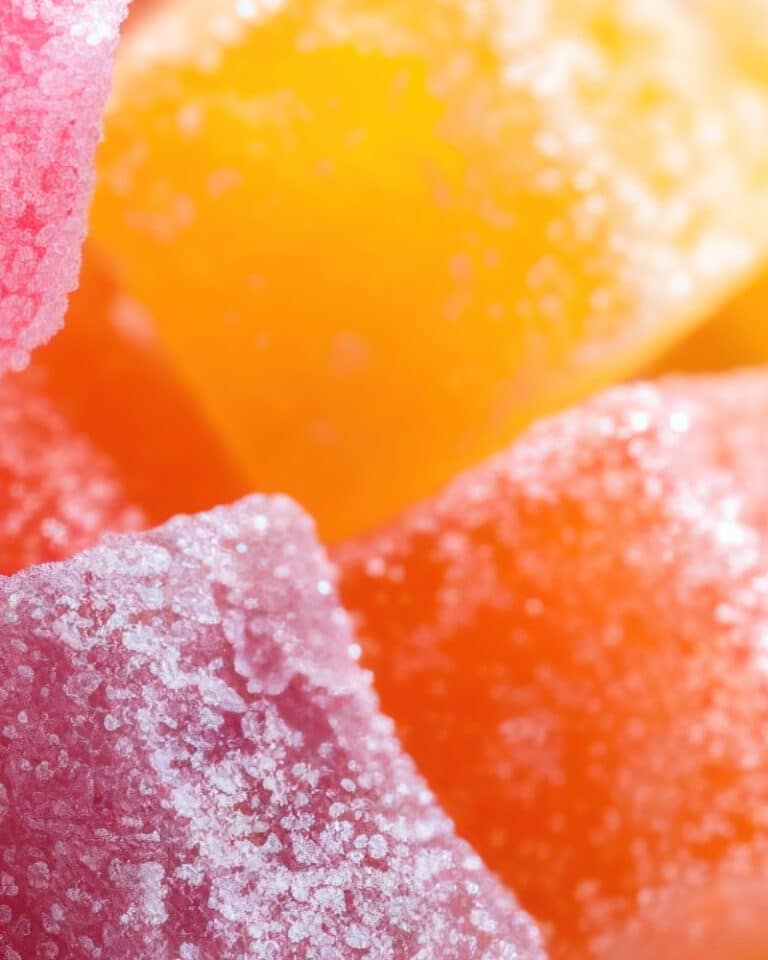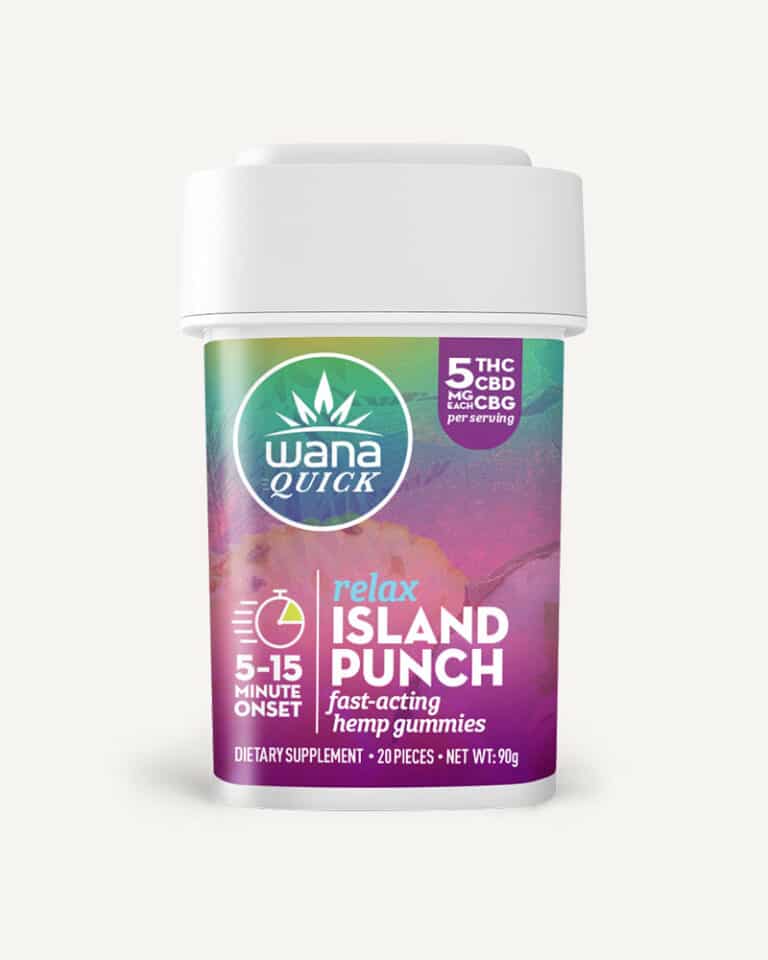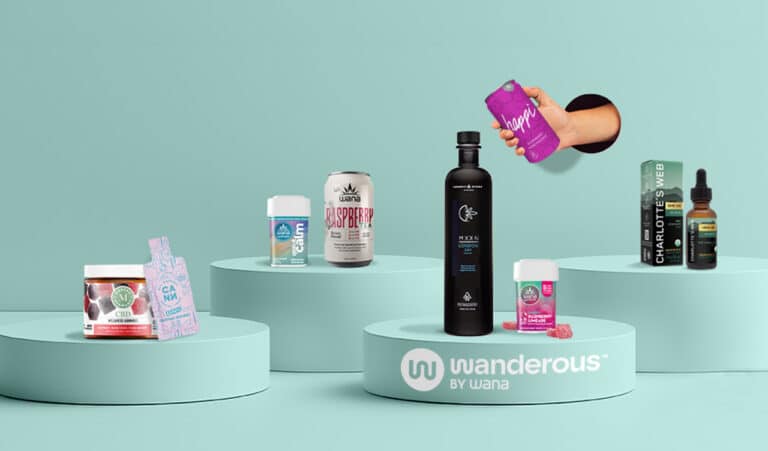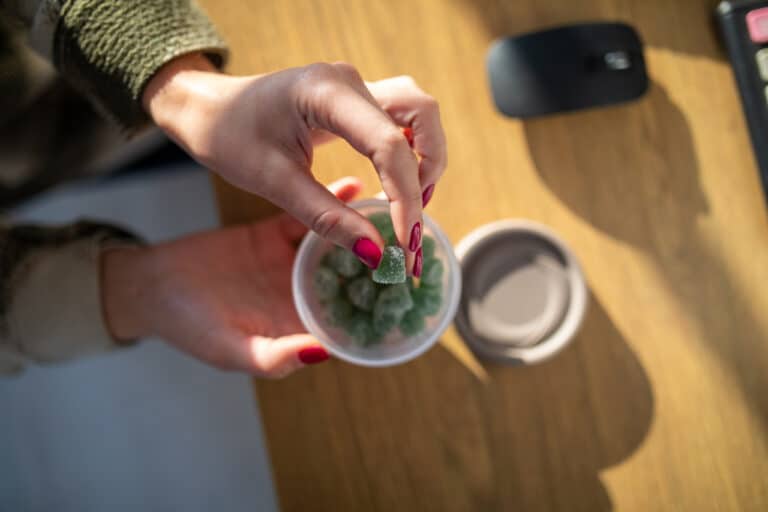Learn / Blog
What Is CBG? The “Mother” Cannabinoid

You’ve heard of THC, the active ingredient in many Wanderous products. You’ve heard of CBD, its non-intoxicating cousin. But you may be less familiar with another, equally beneficial hemp compound known as cannabigerol (or CBG).
We’re here to change that with a simple guide to CBG’s effects, how it interacts with other cannabinoids, and how you can try it for yourself.
What is CBG
On a scientific level, CBG is one of more than 100 rare cannabinoids found in the hemp plant. It’s sometimes called “the mother” of all cannabinoids, because its acidic form converts to both THC and CBD as the plant ages.
What does CBG do?
Consumed on its own, cannabigerol won’t get you stoned. But early research suggests a host of CBG benefits, including relief from discomfort and inflammation, analgesic (anti-anxiety) effects, and even some anti-bacterial properties.
There’s also compelling evidence that CBG elevates your body’s levels of GABA, a calming neurotransmitter associated with feelings of relaxation and contentment.
CBD vs. CBG
CBD and CBG are both non-intoxicating (meaning they won’t get you high). They’re also both associated with some of the most sought-after benefits of plant medicine, including reduced inflammation, relief from stress, and elevated mood.
- CBG seems to elevate GABA in the brain (see previous section), while CBD does not.
- We simply know a lot more about CBD than we do about CBG. The latter is pretty new to the public consciousness, and the research has yet to catch up.
That said, it’s really not fair to pit CBD and CBG against each other. As we’ll see shortly, the more pertinent question isn’t, “How are CBD and CBG different?” It’s, “How do they work together?”
CBG and your endocannabinoid system
The reason CBG, CBD and even THC can make a great power throuple comes down to what’s known as your endocannabinoid system (ECS).
Your endocannabinoid system is a complicated network of receptors and transmitters that helps to regulate things like appetite, mood, sleep cycles, and a lot more. Cannabinoids, which can be produced by the cannabis plant but also by your own body, interact with these receptors to send signals to your brain. For example, “It’s time for a snack,” or, “Let’s take a nap,” or, “Yes, we’re aware we worked out too hard, those back pain signals can ease up a little.”
Different cannabinoids interact with different receptors in different ways. If your back aches, THC might stimulate a part of your ECS called the CB1 receptor, helping the muscles relax. Meanwhile, CBD and CBG interact with another group of receptors (known as CB2), which are believed to regulate inflammation. In other words, you’re attacking two sides of the problem at once.
Cannabinoids can also interact in varying ways with the same receptor, like pressing down on different frets of the same guitar string. For example, CBD can modulate the way THC binds to your CB1 receptor, reducing the potential for negative THC side effects like paranoia. Meanwhile, CBD and CBG both partially bind to receptors associated with pain signals, inflammation, and anxiety. When you consume them together, they work synergistically to increase stimulation of these important receptors – and all the natural wellness benefits that come along.
CBG and your endocannabinoid system
CBG is a favorite cannabinoid among Wanderous brands, especially Wana. All of Wana’s 1:1:1 products contain an equal dose of CBD, CBG, and THC, because these three compounds together tend to produce a mood-elevating “high” that’s less likely to result in feelings of overstimulation or anxiety than products containing THC alone. Many of Wana’s more functional “Optimals” gummies, like Fast and Stay Asleep or Quick Calm, also contain CBG for its stress-relieving and anti-inflammatory properties.
For more experienced consumers, Happi’s higher-THC Glow Up beverage is also an excellent intro to the effects of CBG combined with other powerhouse plant compounds.
The takeaway
If this article makes one thing clear, it should be that CBG is an excellent cannabinoid for everyone, but especially those just beginning their hemp journey. If you’re looking for a gentle introduction to the elevating power of THC products, or to address a specific need like stiff muscles or poor sleep, we’re confident that CBG will be a worthwhile addition to your plant-powered toolkit.
Quick Relax – Island Punch
Take a quick tropical getaway with these island-inspired gummies and their calming ratio of CBG, CBD, THC, and more than 30 relaxing plant compounds (scientifically known as terpenes). Powered by advanced nano-technology, Wana Quick gummies deliver effects in just 5-15 minutes with a 2-4 hour duration.
Quick Relax – Island Punch
Welcome to Wanderous
Are you 21 or older?
Wanderous operates in compliance with all state cannabis laws. You must be at least 21 years of age to legally access this site.




